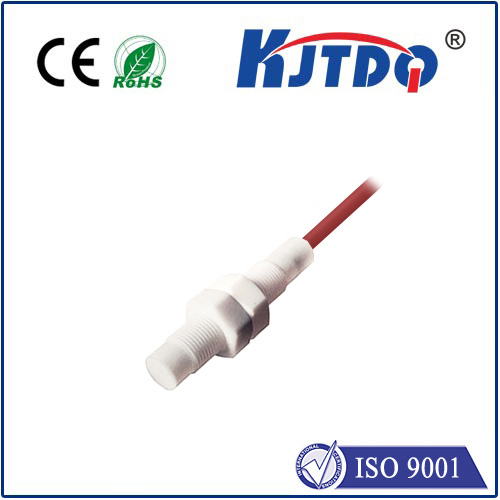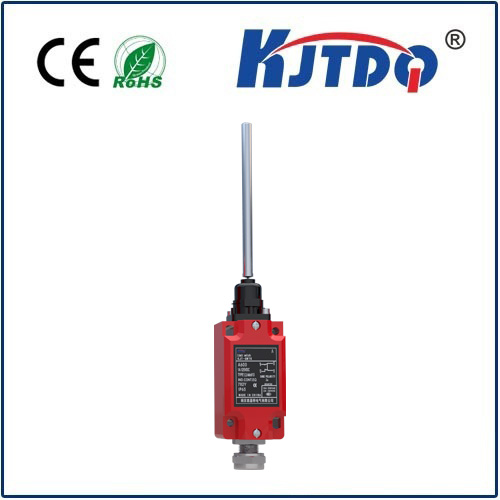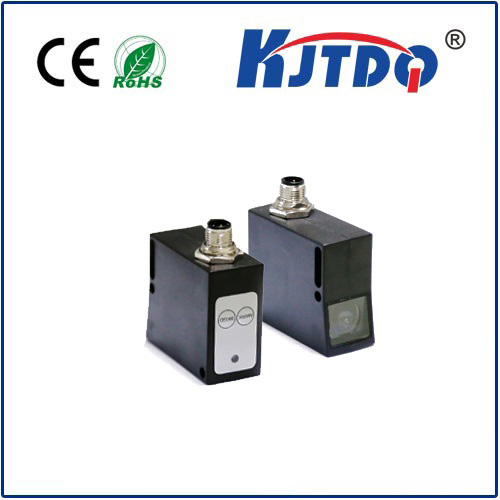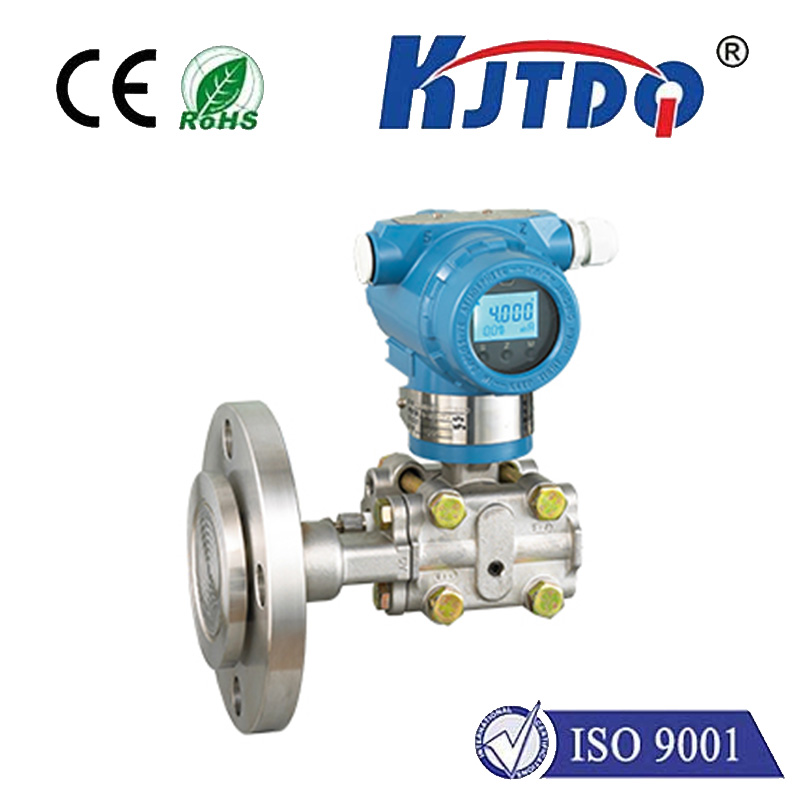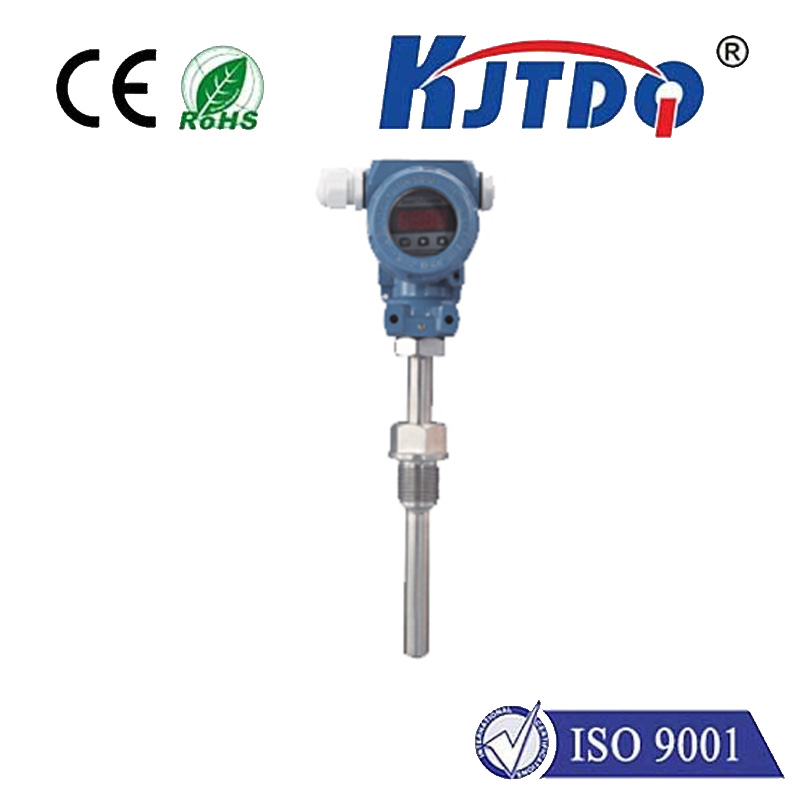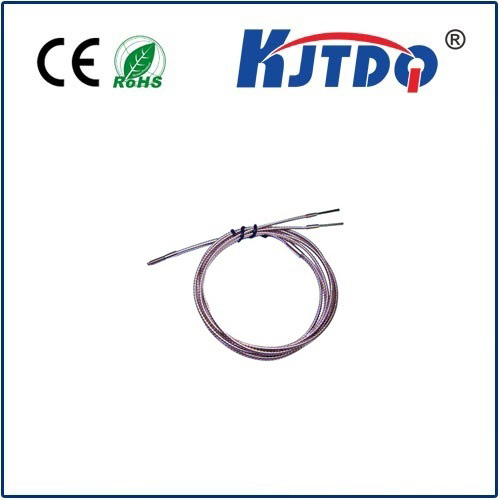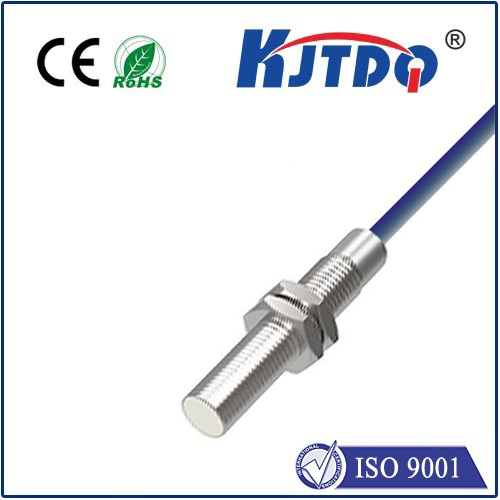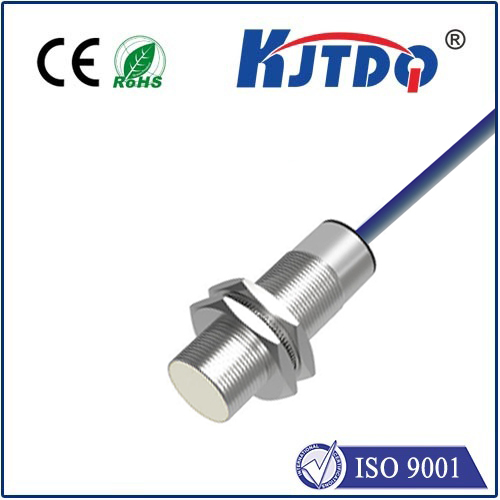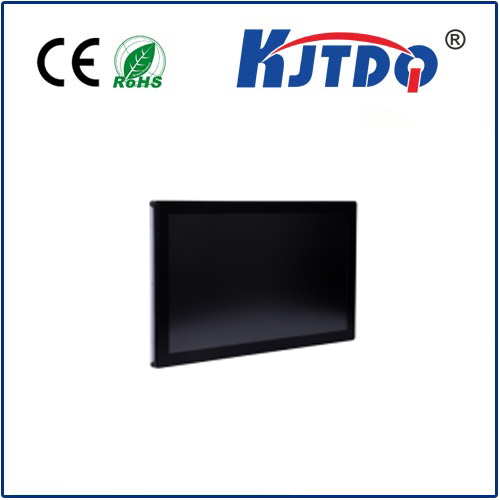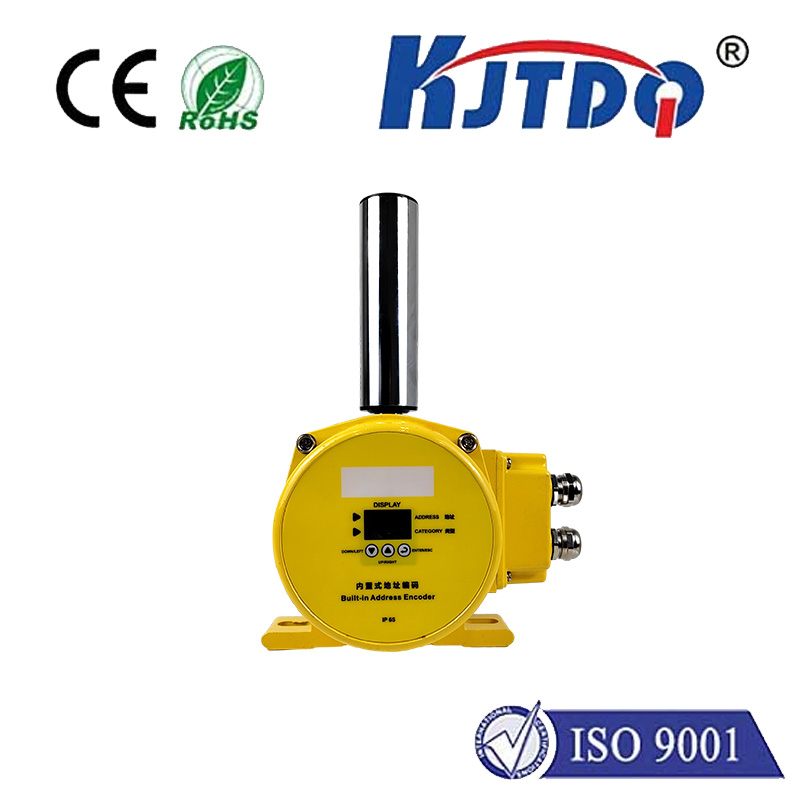
check

check

check

check
Introduction:
Wireless inductive sensor technology has been making significant strides in recent years, transforming various industries by enhancing efficiency, safety, and accuracy. This innovative technology enables seamless communication between sensors and actuators, providing real-time data analysis and control capabilities. In this article, we delve into the revolutionizing wireless inductive sensor technology and its impact on multiple sectors.
Body:
1. The Evolution of Wireless Inductive Sensors
2. Benefits of Wireless Inductive Sensors in Industrial Automation
3. Advantages of Wireless Inductive Sensors in Monitoring and Control Systems
4. Integration of Wireless Inductive Sensors with IoT Devices for Enhanced Efficiency
5. Applications of Wireless Inductive Sensors in Transportation, Healthcare, and Security
6. Challenges and Future Advancements in Wireless Inductive Sensor Technology
7. Case Studies: Successful Implementations of Wireless Inductive Sensors
8. Importance of Standards and Certifications in Wireless Inductive Sensor Technology
9. Best Practices for Choosing and Maintaining Wireless Inductive Sensors
10. Conclusion: Transforming Industries with Wireless Inductive Sensor Technology
The Evolution of Wireless Inductive Sensors:
From simple magnetic sensors to more advanced wireless technologies such as Bluetooth Low Energy (BLE) and Zigbee, wireless inductive sensors have come a long way in terms of functionality and versatility. These sensors can now detect various types of signals, from magnetic fields to electromagnetic waves, allowing them to be integrated into a broader range of applications.
Benefits of Wireless Inductive Sensors in Industrial Automation:
Wireless inductive sensors offer several advantages over traditional wired sensors, such as reduced maintenance costs, greater flexibility, and improved safety. By eliminating cables and reducing the need for physical connections, wireless sensors can be easily repositioned or relocated within a factory or production line. Additionally, wireless sensors are less prone to damage during installation and operation, which can minimize downtime and increase productivity.
Advantages of Wireless Inductive Sensors in Monitoring and Control Systems:
In monitoring and control systems, wireless inductive sensors provide real-time data collection and analysis, enabling operators to quickly respond to changes or issues. This information can then be used to optimize processes, improve product quality, and reduce waste. Moreover, wireless sensors can operate autonomously, minimizing human intervention and improving overall system efficiency.
